Programme
3-year PhD programme
(from a.y. 2023/2024)
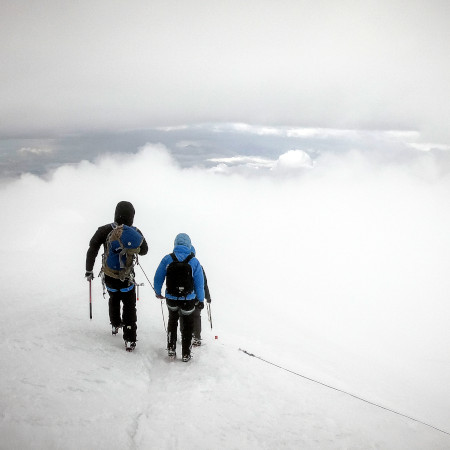
The objectives of the National Doctoral Program in Polar Sciences are manyfold and can be clustered as follows:
- create and valorise a community of young researchers, professionals and innovators with a solid ground, multidisciplinary and technological sound knowledge in the emerging areas of Polar Sciences that are supposed to drive our research social and industrial innovation.
- offer a distributed research and innovation environment to stimulate, incentivise and contaminate competences and experiences of Polar Sciences as well as to properly deal with and monitor their intrinsically multidisciplinary complexity.
- create opportunities for knowledge exchange and international collaboration among students, public and private institutions, thanks to the involvement of universities, research centres and companies operating at national and international levels.
PhD programme language
The standard language for the doctoral programme will be English. All PhD candidates will be required to have a good knowledge of the English language. All the summer/winter schools will be conducted in English. The PhD-thesis must be written in English.
Partners and organization
On the basis of the positions available and the relative doctoral program, the enrolled student chooses the relative University of the consortium and the supervisor for the given position.
So far, the following Institutions have agreed. The fourth column is concerned with the grants and has to be intended only half due to the Institutions. The second half will be required to MUR as part of the accreditation project.
Structural organization of the National Doctoral programme in Curricula
A description of the main topics that each curriculum is going to focus on is included hereafter:
- Curriculum “Biology, ecology and biodiversity”
- Curriculum “Human impacts”
- Curriculum “Solid Earth”
- Curriculum “Ocean and Cryosphere”
- Curriculum “Astronomy, space and Earth Observations”
- Curriculum “Climate system”
- Potential additional topics
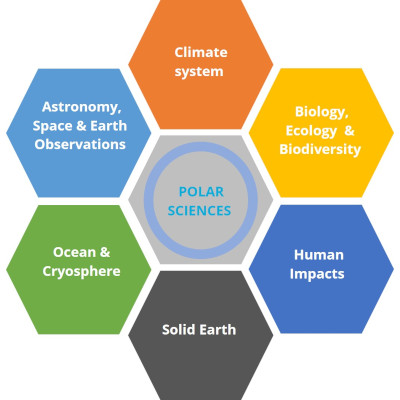
The biological diversity in Polar Regions has long been thought as generally simple, species poor and isolated.
A very different picture is now emerging, demonstrating that some marine or terrestrial polar ecosystems are highly diverse and that regional and global connectivity is greater than supposed. Nonetheless, polar areas remain extremely stressful to organisms: the polar species, most of them exhibiting a high degree of endemism, are often close to their threshold of growth and have developed highly sophisticated adaptations which make them more vulnerable to rapid environmental changes.
The direct effect of climate change on organisms is combined with those of human impacts, including, local pollution, invasion of non-native species or infectious diseases. These drivers directly affect the survival of populations already weakened by climate change and initiate new trophic links which fundamentally modify the structure and functioning of these ecosystems.
However, the complex interactions among these drivers are rarely addressed. For instance, we don't really know how alien invasive species combined with temperature changes will affect marine and terrestrial biodiversity and ecosystems.

As for terrestrial ecosystems, enormous changes in vegetation are happening across the Arctic and these changes will have important impacts both at the ecosystem level, but also at the global climate level, due to the changing nature of biogeochemical fluxes
The potential wealth of information hidden in unidentified polar species, especially marine microorganisms, includes the possibility of providing new active compounds and processes relevant for new and improved biotechnological and biomedical applications.
The polar oceans in their ice-covered state in winter are known to be quite data poor, and much effort is underway to remedy that. Polar waters are also thought to be among the regions that will be most affected by ocean acidification. Amongst other things, acidification disrupts the formation of protective carbonate exoskeletons in many marine dwellers, disrupting and potentially changing the marine food web. This would directly affect living resources and commercially important species. Harvesting of living resources by fisheries, hunting, etc., is also vulnerable to direct human influence and their sustainability is crucial to maintain the ecological functioning in both oceans and terrestrial ecosystems and ensure future resource availability.
Conservation of these terrestrial and marine ecosystems remains a key issue and management policy highly depends on our knowledge of their threats and their capacity to cope with them.
Main objectives
- Threats to highly specialised and adapted polar species from climate-related changes in ecosystems.
- Methods to identify and track the occurrence of invasive species and their impacts on ecosystems.
- Methods to identify novel active compounds and processes for biotechnological and biomedical application.
- The occurrence, severity, and impacts of ocean acidification.
- The potential for changes in marine food webs that may directly affect living resources and commercially important species
- Limnic ecosystems in polar areas
- Conservation management issues
Key research questions
- What the long term changes are occurring in polar food webs?
- How can the polar organisms and ecosystems adapt to future climate changes?
- How resilient are polar ecosystems?
- How vulnerable are polar ecosystems to combined human and natural influences?
- How do we manage polar marine and terrestrial living resources in a sustainable way?
- What are the specialised, polar-related fundamental biological processes from the organism to community level in Polar regions?
- What are the major threats and implications of changing biodiversity in Polar Regions?
- How will invasive species and range shifts of indigenous species change Polar ecosystems?
- How can management measures be assessed and strategies determined that best promote conservation of the biodiversity?
Long-range transported pollutants and bioaccumulation of contaminants in polar food chains represent major challenges for both ecosystems and human health.
Due to the increase in maritime operations and transport in the Arctic, a larger risk of oil spills and environmental pollution is expected in ice-covered seas. Arctic and indigenous communities are experiencing large impacts of climate change and pollution on food and water security and the availability of traditional food due to bioaccumulation of environmental contaminants, changed migration patterns of animals and difficult hunting conditions as the climate changes and sea ice retreats.
Pollutants and atmospheric aerosols are transported by ocean and air currents and deposited in polar terrestrial and aquatic environments. Aerosols of natural origin (erupting volcanoes) and from human industrial and agricultural activities (black carbon) scatter light and directly modify the atmospheric radiation balance and temperature. Indirectly, the Earth's climate is influenced by aerosols modifying cloud properties, i.e. the way clouds reflect and absorb light, thus changing the Earth’s energy budget.
Stratospheric ozone depletion, with a large springtime decrease in ozone around both Polar Regions, has been a major challenge to polar ecosystems and people. The resulting increased levels of harmful ultraviolet radiation passing through the Earth’s atmosphere have created worldwide concern for a variety of biological consequences such as increases in sunburn, skin cancer, cataracts, damage to plants, and changes in plankton populations in the ocean's euphotic zone. Although on the path to recovery as a result of the Montreal Protocol, continuous monitoring of stratospheric ozone and its atmospheric chemistry are still needed as new substances with ozone-depleting potential maybe used by industry.
Further, there is a potential for political struggle due to the large economic, environmental, political and social consequences, and the intense media attention that may occur in climate-change degraded areas on Earth.
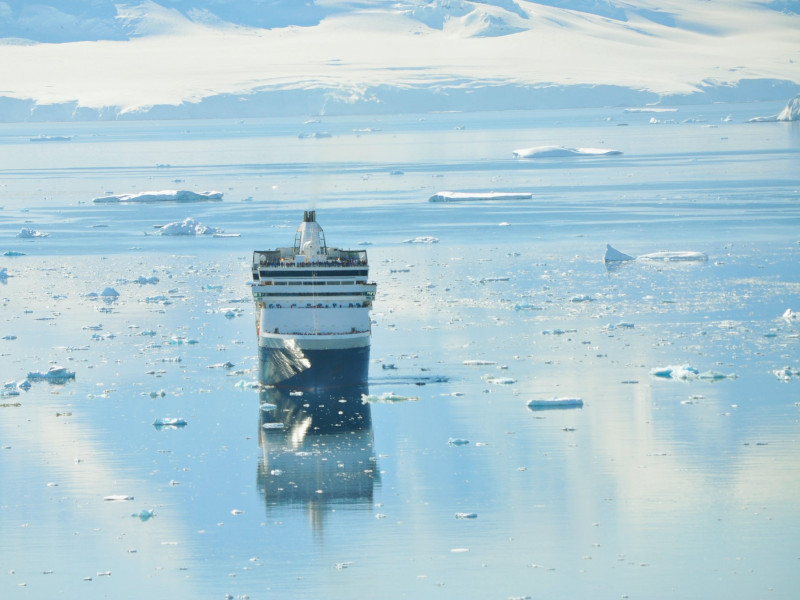
Main objectives
- Effects of long-range transport of pollutants and their bioaccumulation in polar food chains.
- Influence of aerosols on the Earth's climate
- Stratospheric ozone depletion and its effects on ecosystems and people in the Arctic and Antarctic
- Increased economic activity and related hazards.
Key research questions
- How do natural and anthropogenic pollutants and contaminants currently affect Polar Regions and what are future scenarios?
- What are the sources, sinks, dynamics and impacts of greenhouse gases, Short Lived Climate Pollutants and aerosols in the Polar Regions? [Cross-cuts to 1. Polar climate]
- How does ocean acidification affect polar marine and coastal ecosystems? [Cross-cuts to 6. Ecosystems]
- What are the sources, sinks, dynamics and impacts of increased bioavailability of natural and anthropogenic pollutants?
- Are there any biological and genetic adaptation strategies of organisms to environmental contaminants that may provide resilience in polar terrestrial, limnic and marine biological systems to the accumulation of trace metals and metalloids and persistent organic contaminants in marine food webs in Polar Regions?
The curriculum Solid Earth aims to develop multidisciplinary research in a broad range of the Earth Science disciplines, encompassing the structure, composition, and dynamics of the Earth, and including processes acting at present from the surface to the deep interior. It also encompasses the collection and study of meteorites, taking advantage of the specific Antarctic environment that favors their accumulation and preservation.
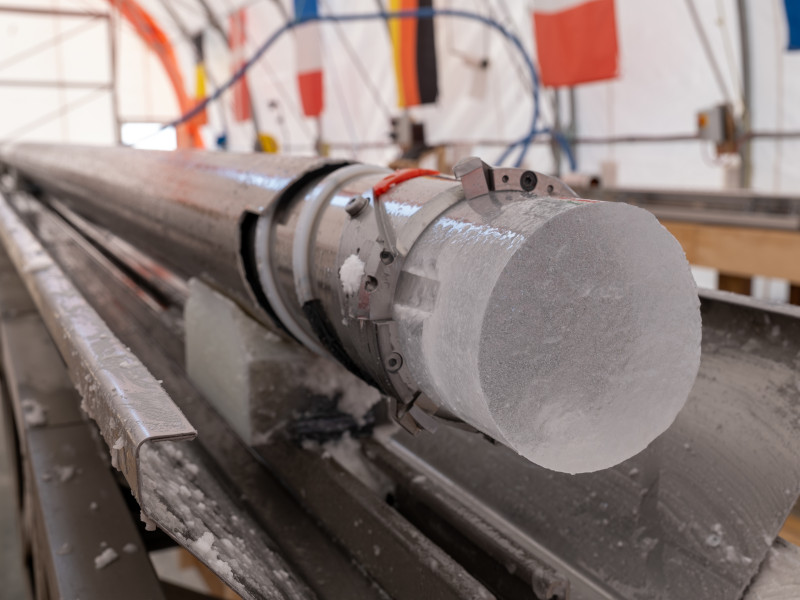
Research tasks
Research tasks are directed at different spatial scale (both at local and at continental scale) and temporal scales and include:
- Tectonics, Geodynamics, Magmatism and active Volcanoes;
- Seismology and paleo-seismology;
- Marine Geology and Geophysics;
- Paleoclimate, paleoenvironment, and landscape evolution;
- Petrology, rock physics and mechanics at various scales;
- Antarctic meteorites and impact rocks;
- Natural resources, impact of human activity, Geodiversity, Geoheritage, and Geoethics;
- Natural hazards related to Solid Earth and surface processes.
Other tasks include:
- Solid Earth interactions with the cryosphere, atmosphere, oceans and climate;
- Solid Earth interactions with environmental evolution, biology, and human safety.
Key research questions
- What is the geological history of the Polar Regions and how deeply did the geological evolution condition the other components of the Earth system? (Including related issues of planetary and space science)
- How did geodynamics, tectonic, and superficial processes shape the polar regions?
- What are Solid Earth interactions with the cryosphere, atmosphere, oceans, and climate changes? (including Antarctic meteorites as probes of ice dynamics and collisional history of the Earth)
- What are Solid Earth interactions with environmental evolution, biology and human safety?
- How do (and did) the Solid Earth components record the climatic, environmental, and landscape evolution of Polar Region of our dynamic Planet?
- How do (and did) the nature and origin of bedrock and superficial deposits condition the formation and evolution of regolith, soil, and processes within the “Critical Zone”?
The great ice sheets of Antarctica and Greenland, together with the smaller glacier systems across the Arctic and on the Antarctic and Sub-Antarctic Islands, hold sufficient water to significantly raise global sea-level over coming centuries. The uncertain stability of these glacier systems, many of which are in areas of recent, rapid climate change make them uniquely vulnerable to both atmospheric warming and changes in ocean temperature and circulation. This is also reflected through the uncertain projections of future global sea-level rise. Improving our understanding of these systems poses particular challenges to science, but is essential to manage the risks to coastal communities, precious coastal ecosystems and major capital assets across the globe. Governments, businesses and individuals who own, or are charged with protecting these assets, need to work more with science to inform their decisions on investment in and management of coastal regions.
Understanding the Antarctic terrestrial and sub-sea permafrost and the consequences of its degradation is also a crucial issue. Terrestrial and sub-sea permafrost is susceptible to climate change, directly impacting the infrastructure and landscape, in the Canadian and Alaskan Arctic in particular, where vulnerability to coastal erosion is increasing. In Russia, major infrastructure is at risk of damage from thawing permafrost. The indirect impacts on climate through the potential release of greenhouse gases will add to those resulting from anthropogenic sources. Patterns and rates of permafrost change are poorly measured in all areas of the Arctic, and improved understanding of such changes is urgently needed.
Sea ice and icebergs present hazards to shipping and marines structures, depending on the location within the Polar Regions. Improvements in monitoring of these would reduce risks for shipping and other ocean operations and activities.
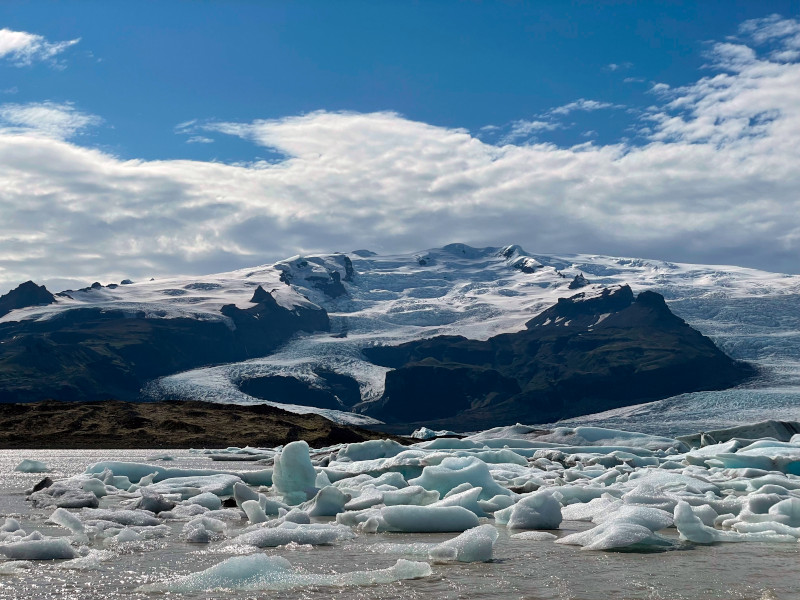
Main objectives
- Factors associated with or contributing to the instability of ice sheets and global sea-level rise.
- Risks to coastal communities, coastal ecosystems and assets.
- Impact of terrestrial and sub-sea thawing permafrost on infrastructure and landscape
- Release of greenhouse gases, especially carbon and methane, from thawing permafrost.
- Risk assessment methodology to estimate/map sea ice and icebergs impacts on shipping and marines structures.
Key research questions
- What are the key physical and chemical processes in the ocean?
- What are the processes controlling the stability and equilibrium of polar glaciers and ice sheets and how will they affect future global sea level?
- How is Arctic and Antarctic terrestrial and subsea permafrost changing in the context of global climate change?
- How does/will changing floating ice (sea ice and icebergs) impact with the physical and chemical exchanges within the polar climate system?
- What are the indicators and spatio-temporal impacts of permafrost degradation on the environment
The Polar Regions provide an ideal platform from which to study the Earth’s upper atmosphere, the solar system and outer space, to improve understanding of sun-earth connections and space-weather, and answer fundamental questions such as the origin of the universe. The unique features of the polar environment mean that these areas provide astronomers and other scientists with a unique window on our universe, and environmental analogues that allow the prototyping and testing of equipment destined for space use. Similarly, space agencies have long understood the similarity of the isolation, lack of day-night cycles, and extreme environmental conditions to which polar communities are subject, and those that humans engaged in space flight must endure. These agencies can benefit significantly from the use of polar platforms and the medical and technical advances which can be made in these areas.
At another scale, severe space weather event arise from occasional massive ejections of material and energy from the Sun. These events pose risks to satellites and key infrastructure on the ground (e.g., power systems). Better understanding of the likelihood of damaging events and the ability to forecast their occurrence would provide satellite operators, and those who manage terrestrial infrastructure, better tools with which to build resilience into their systems and an opportunity to take protective measures against specific events. The location of the Polar Regions with respect to the Earth’s geomagnetic field means that these are the favoured sites for many instruments used to observe and understand the interactions of the solar particle radiation and solar wind with the magnetosphere-ionosphere system.
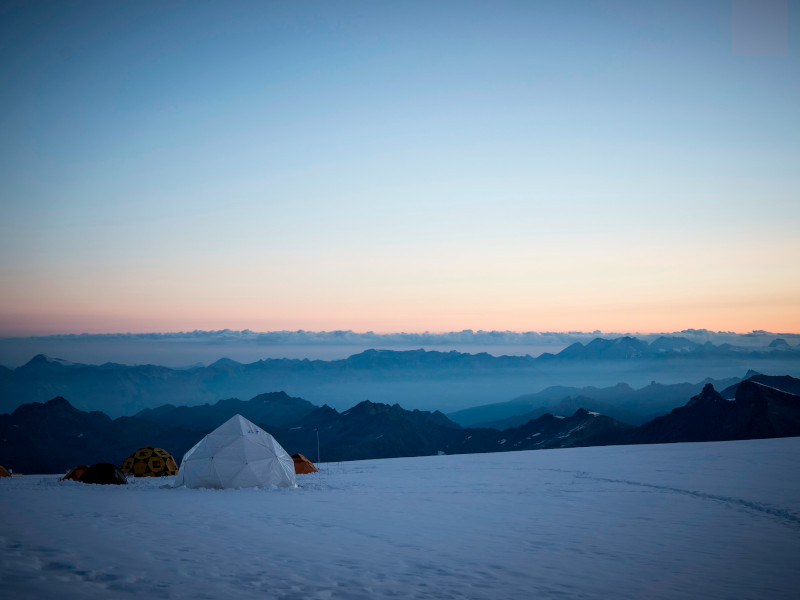
Main objectives
- Development of an ideal platform to study outer space.
- Development of prototypes and testing of equipment destined for space use.
- Forecast space weather.
- Identification of useful sites for observing Sun-Earth interactions
- Exploitation of data collected in the polar regions to boost scientific return in the Curriculum themes.
Key research questions
- How can we quantify, forecast and manage the risk of severe space weather events to satellite, airborne and terrestrial assets?
- What can be learned about the origin and evolution of our solar system and the universe from records and observations that exist in the Polar Regions (e.g. meteorites)?
- What is the role of the sun in controlling processes in the Earth’s atmosphere, and how does this influence weather and climate?
Many of the natural physical processes occurring in the polar atmosphere and oceans are of profound significance in controlling conditions across the globe and affecting lives and livelihoods across the world.
The great ocean current “conveyor belt” originates in the Arctic and Antarctic, it ventilates the deepest portions of the world’s oceans, and feeds the atmospheric and ocean current systems that shape the climate in Europe. Future changes in climate mean that many of these processes may be modified in intensity or effect, and the impacts will induce changes across the planet. These effects are not confined to the distant future, as it is clear that the inclusion of Polar Regions in forecast models has greatly improved regional weather prediction. The residents and operators in the Polar Regions are the most directly affected by climate change, but such changes have global importance. Understanding the polar processes in a global context will benefit the people, policy, ecosystem management, and businesses well beyond the Polar Regions.
Future climate scenarios strongly benefit from paleo-reconstructions conducted in both Polar Regions as they allow a better understanding of how the climate system worked both regionally and globally during abrupt climatic transitions and under warmer or colder than present-day conditions. Paleo-records from ice and sediment cores provide key insights into changes in both physical and biochemical parameters within the ocean, atmosphere, terrestrial and cryosphere components under natural and anthropogenic forcing, which is increasingly impacting local Arctic communities and ecosystems in the context of global warming
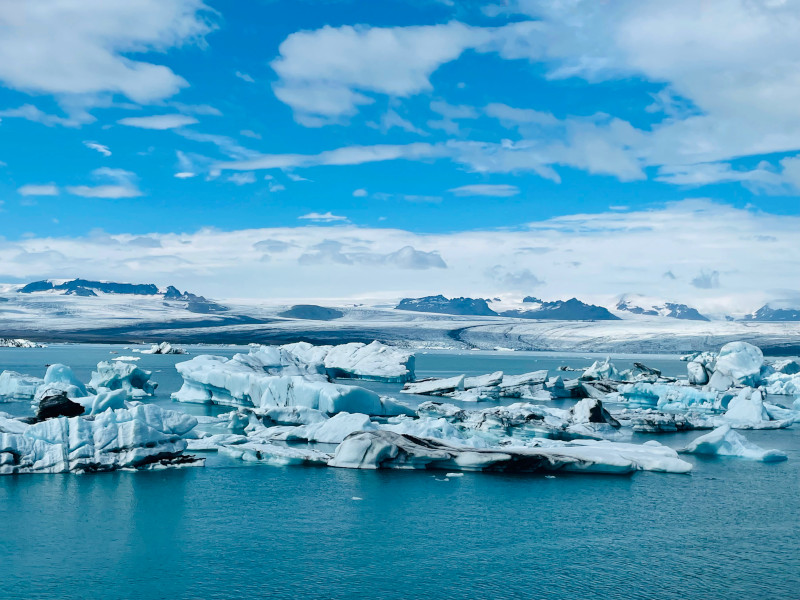
Main objectives
- Natural processes in the Polar Regions that influence or control conditions across the globe
- Changes in Polar Regions that have global importance for people, policy and businesses well beyond the Polar Regions.
- How paleo-records can provide key insight into changes under natural and anthropogenic forcing
- Understanding the transition from 40ka cycles to 100ka cycles as crucial topic to understand current climate
Key research questions
- What are the key physical and chemical processes in the atmosphere?
- What are the key ocean-atmosphere-ice-land interactions?
- How do we improve forecasting and projections of future polar and global climate and its impact on Polar marine and terrestrial areas?
- How do the changing polar climate systems affect lower latitudes through ocean and atmospheric circulation?
- What do the paleo-records tell us about polar climate and environmental conditions prior to the instrumental period?
- How can we best use modelling and records of past conditions (e.g. proxies) to understand ocean-atmosphere-ice-land interactions and global teleconnections?
Additional specific topics can be activated upon request of the partners. One of the most sensitive is that related to people, societies and cultures of the Arctic. Cultural heritage management in the Polar Regions is an increasingly challenging endeavour as management authorities face impacts from climate and environmental change as well as increasing human activity such as oil and gas extraction and tourism. Natural resource dependent communities and industries, throughout the Arctic are experiencing direct and indirect impacts of climate change. Many questions remain about how they will be affected, how they can adapt and what resources are needed for strengthening adaptive capacities and ensuring adaptation.
Main objectives
- Changes in lifestyle of indigenous communities.
- Alterations in family structure, values and cultural forms of expression.
- Increasing role of women in society
- Barriers to intergenerational knowledge transmission or loss of indigenous languages.
- Cultural heritage management.
4-year PhD programme
(since a.y. 2022/2023)
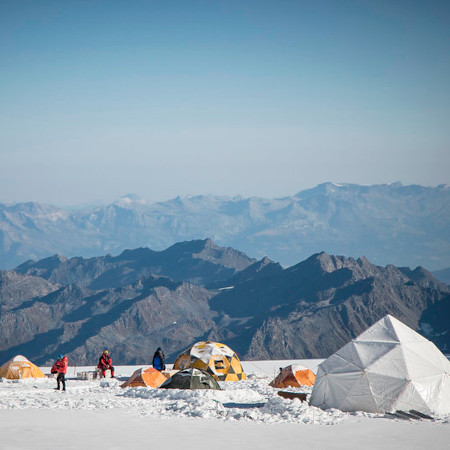
The information contained in this section, including annexes, refers exclusively to the organisation of the old four-year course, still active - until completion - for doctoral students enrolled up to the 38th cycle.
|
|
PhD overview, programme, faculty
Cycles 35th-38th |
411 KB |
|
|
Training activities 38th cycle [ITA] | 807 KB |
|
|
Survival kit a.y. 2022/2023 | 658 KB |

